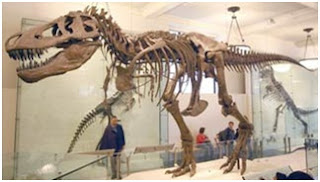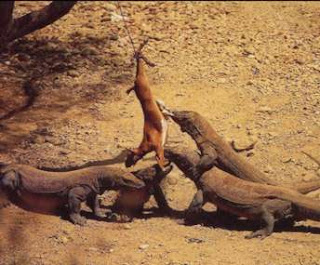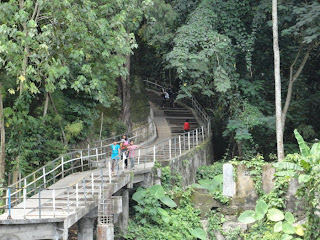Visiting the American Museum of Natural History That was Very Amazing - Come to America! Lets look around in New York City. Vacation while learning. The American Museum of Natural History (AMNH) is a museum that was built with a spacious room, and there are 45 rooms consisting of: a permanent exhibition halls, planetarium, temporary exhibition space, and a library of natural history. The American Museum of Natural History located to the west of Central Park, Manhattan, New York, United States, precisely located in Theodore Roosevelt Park. The American Museum of Natural History is one of the largest and most celebrated museums in the world. Located in park-like grounds across the street from Central Park, the Museum comprises 27 interconnected buildings. The collections contain over 32 million specimens, of which only a small fraction can be displayed at any given time. The Museum has a scientific staff of more than 200, sponsors over 100 special field expeditions each year, and averages about five million visits annually.
Holidays to New York is not complete if you and your family has not visited the American Museum of Natural History. When you set foot in there, and your eyes look around the room, you will be amazed, to see the exhibition space neatly and amazing. To see all of the contents of the museum, not quite a day, because too many collectibles. You will not feel bored, wife and your kids will be happy. Your kids will get a lot of learning and a memorable experience of American natural history.
To complete the visit, you have to stay there. You can watch the movie Night at the Museum and follow the lead of Ben Stiller's. You and your family will be invited to undertake the adventure and enjoy a night tour to see the show IMAX. Your children will feel challenged to fossil hunting at night using a flashlight. If you stay, you will be greeted by "Rexy" the giant Tyrannosaurus Rex skeleton in the lobby wagging its tail. Tyrannosaurus rex was an ancient animal that has the most powerful bite of all land animals that ever existed on Earth, both living and extinct. To delight your family, The American Museum of Natural History presents some historical films and movie entertainment.
Visiting the American Museum of Natural History is the right decision for your family. Do not spend money for pleasure is not useful. Make the holidays by visiting places that provide a lot of experience and learning for children and family. So the money you spend is not being wasted. Many other tourist attractions located in the city of New York, please choose wisely, making it beneficial for your family.
The Museum was founded in 1869. Prior to construction of the present complex, the Museum was housed in the Arsenal building in Central Park. Theodore Roosevelt, Sr., the father of the 26th U.S. President, was one of the founders along with John David Wolfe, William T. Blodgett, Robert L. Stuart, Andrew H. Green, Robert Colgate, Morris K. Jesup, Benjamin H. Field, D. Jackson Steward, Richard M. Blatchford, J. Pierpont Morgan, Adrian Iselin, Moses H. Grinnell, Benjamin B. Sherman, A. G. Phelps Dodge, William A. Haines, Charles A. Dana, Joseph H. Choate, Henry G. Stebbins, Henry Parish, and Howard Potter. The founding of the Museum realized the dream of naturalist Dr. Albert S. Bickmore. Bickmore, a one-time student of Harvard zoologist Louis Agassiz, lobbied tirelessly for years for the establishment of a natural history museum in New York. His proposal, backed by his powerful sponsors, won the support of the Governor of New York, John Thompson Hoffman, who signed a bill officially creating the American Museum of Natural History on April 6, 1869.
In 1874, the cornerstone was laid for the Museum's first building, which is now hidden from view by the many buildings in the complex that today occupy most of Manhattan Square. The original Victorian Gothic building, which was opened in 1877, was designed by Calvert Vaux and J. Wrey Mould, both already closely identified with the architecture of Central Park. It was soon eclipsed by the south range of the Museum, designed by J. Cleaveland Cady, an exercise in rusticated brownstone neo-Romanesque, influenced by H. H. Richardson. It extends 700 feet (210 m) along West 77th Street, with corner towers 150 feet (46 m) tall. Its pink brownstone and granite, similar to that found at Grindstone Island in the St. Lawrence River, came from quarries at Picton Island, New York. The entrance on Central Park West, the New York State Memorial to Theodore Roosevelt, completed by John Russell Pope in 1936, is an overscaled Beaux-Arts monument. It leads to a vast Roman basilica, where visitors are greeted with a cast of a skeleton of a rearing Barosaurus defending her young from an Allosaurus. The Museum is also accessible through its 77th street foyer, renamed the "Grand Gallery" and featuring a fully suspended Haida canoe. The hall leads into the oldest extant exhibit in the Museum, the hall of Northwest Coast Indians.


























